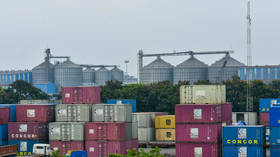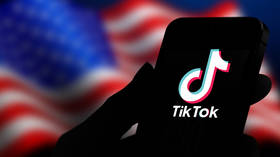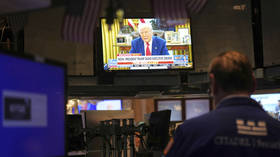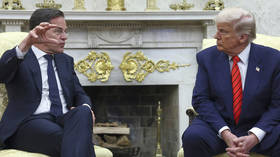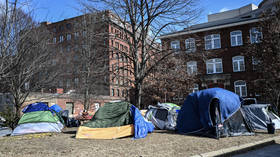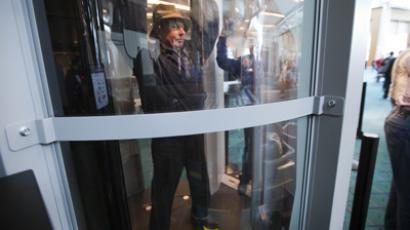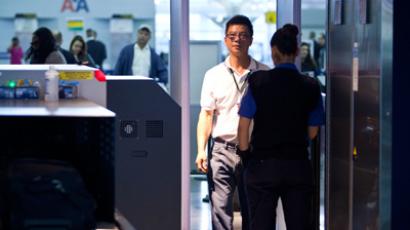Scan scam? Full-body scan-maker denies faking test amid TSA probe
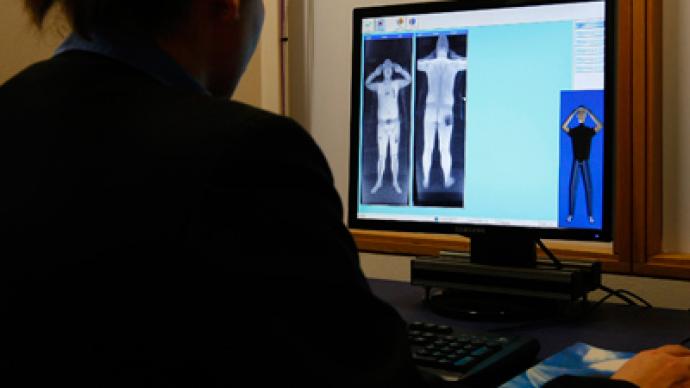
A US legislator says Rapiscan, the maker of controversial body-scanners used at American airports, may have falsified its software test results. The company denies the allegations, saying it’s cooperating with the TSA probe into the matter.
The test made by a third party was to evaluate the producer’s attempt to address privacy issues with the machines.The company “may have attempted to defraud the government by knowingly manipulating an operational test,” Representative Mike Rogers, chairman of the House Transportation Security Subcommittee, said in a letter to Transportation Security Administration chief John Pistole on November 13, according to a Bloomberg report. Rogers said his committee received a tip about the faked tests.The company denied the allegations on Thursday, saying that in couldn’t have manipulated the testing because it was controlled by the government. “At no time did Rapiscan Systems falsify test data or engage in any fraudulent conduct,” said Ajay Mehra, president of Rapiscan Systems, in a statement.At a Thursday hearing before the committee Rogers was questioning John Sanders, assistant administrator for TSA’s Office of Security Capabilities. Sanders said the agency has no evidence that tests were manipulated.“At this point we don’t know what has occurred,” Sanders said. “We are in contact with the vendor. We are working with them to get to the bottom of it.”Rapiscan machines use backscatter radiation to detect objects concealed beneath clothes. The company is one of the two vendors supplying full-body scanners under a contract with the TSA. The other, L-3 Communications, uses a different type of technology for the same purpose.US authorities accelerated introduction of full-body scanners in 2010 following an alleged attempt to blow up a Northwest Airlines flight. This was met with a publicity backlash, as privacy advocates and passengers protested against the revealing images produced by the scanners. Activists said being subjected to the machines equated to a strip search.In a bid to quell the outcry, the TSA asked the producers to adjust the scanners so that a generic outline of the body was displayed in place of the actual image of the person being searched. L-3 Communications managed to do this while Rapiscan failed, Bloomberg says.Instead the TSA places operators of the backscatter scanner in a separate room, where the feedback cannot be seen by the public. If an operator notices anything suspicious, he or she communicates with officers at the checkpoint via radio and asks for further screening.Recently the agency said it was moving backscatter machines from big airports to smaller ones to address the extra time they take for screening. But eventually it moved 91 units to a warehouse instead of redeploying them.As a result, Sanders told the committee, the same number of lines can now process an additional 180,000 more passengers per day. They will stay there until the privacy software issue is resolved, he said.At present the TSA has 174 backscatter machines, according to David Castelveter, a TSA spokesman. Rapiscan has a contract to produce 500 for the agency at a cost of about $180,000 each.The TSA believes backscatter technology is still effective in screening for suspicious objects.





